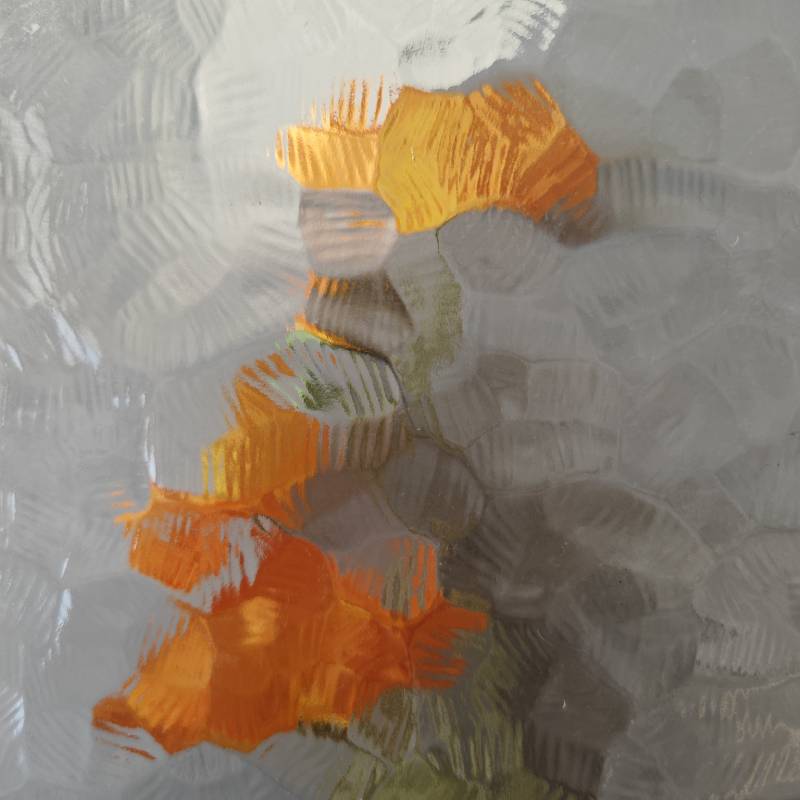

The Aesthetic and Functional Appeal of Tinted Glass Colors
Tinted glass has become increasingly popular in modern architecture and interior design, offering not only aesthetic appeal but also functional benefits. The variety of colors available for tinted glass can dramatically transform the appearance of a space while providing essential utilities such as privacy, glare reduction, and UV protection.
The Aesthetic and Functional Appeal of Tinted Glass Colors
Moreover, tinted glass isn’t just about aesthetics; it also serves practical purposes. One of the primary benefits of tinted glass is its ability to reduce glare, making it easier for occupants to work or relax without being disturbed by the harsh brightness of direct sunlight. This feature is especially beneficial in environments with a lot of screen use, such as offices, where glare can lead to eye strain and decreased productivity. Tinted glass can help create a more comfortable work environment by softening the intensity of sunlight while still allowing ample natural light to filter through.

Additionally, tinted glass provides significant UV protection. One of the less visible but more damaging effects of sunlight is ultraviolet radiation, which can fade furnishings, artwork, and flooring over time. Glass that has been treated with a tint can significantly reduce the amount of UV rays entering a space, helping to preserve the interior aesthetic and prolong the life of valuable items.
Privacy is another crucial factor where tinted glass shines. In both residential and commercial spaces, tinted glass can shield occupants from prying eyes without sacrificing natural light. The level of privacy can vary depending on the tint applied; for example, darker tints may provide more privacy during daylight hours, making them popular in urban settings or residential areas with close proximity to neighbors.
Furthermore, tinted glass can contribute to energy efficiency. By minimizing heat gain from sunlight, tinted glass reduces the reliance on air conditioning systems, which can lead to lower energy consumption and reduced utility bills. As sustainability becomes increasingly important in contemporary design, the energy-saving properties of tinted glass make it an attractive choice for environmentally conscious builders and homeowners.
Ultimately, the use of tinted glass colors in design goes beyond mere aesthetics. The interplay between color, light, and functionality creates spaces that are not only visually appealing but also conducive to comfort and well-being. Whether a soft green hue soothingly complements a tranquil spa or a bold blue enhances the sleek design of a modern office, tinted glass can redefine the ambiance of any environment while providing practical advantages. As the demand for innovative and sustainable design solutions continues to grow, tinted glass will undoubtedly remain a favored choice in the world of architecture and interior design.